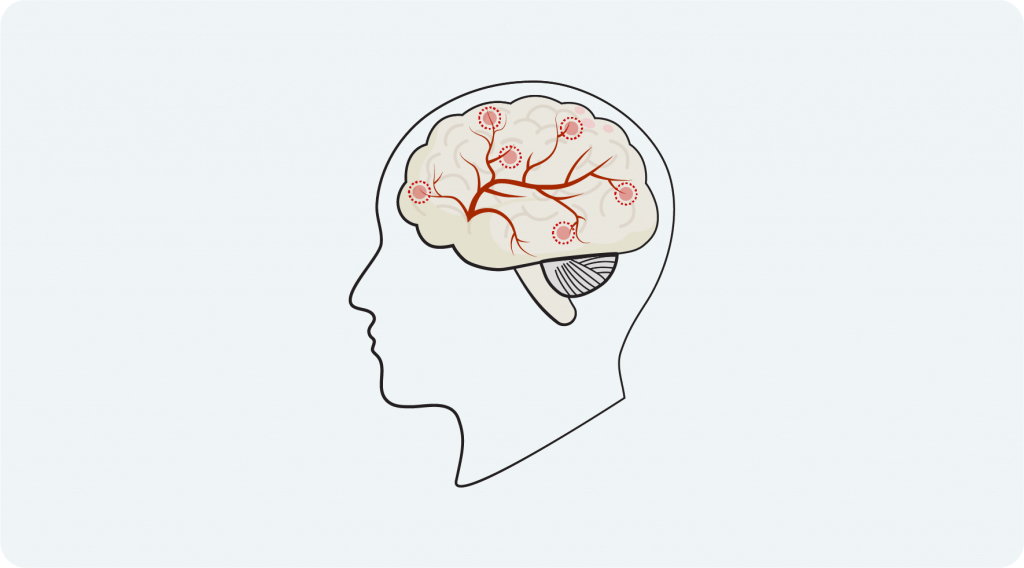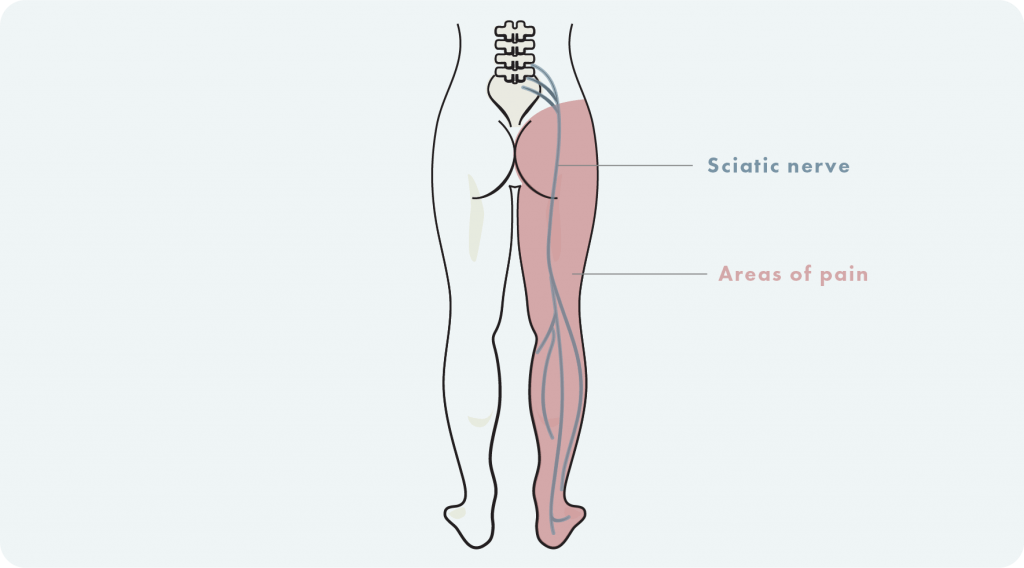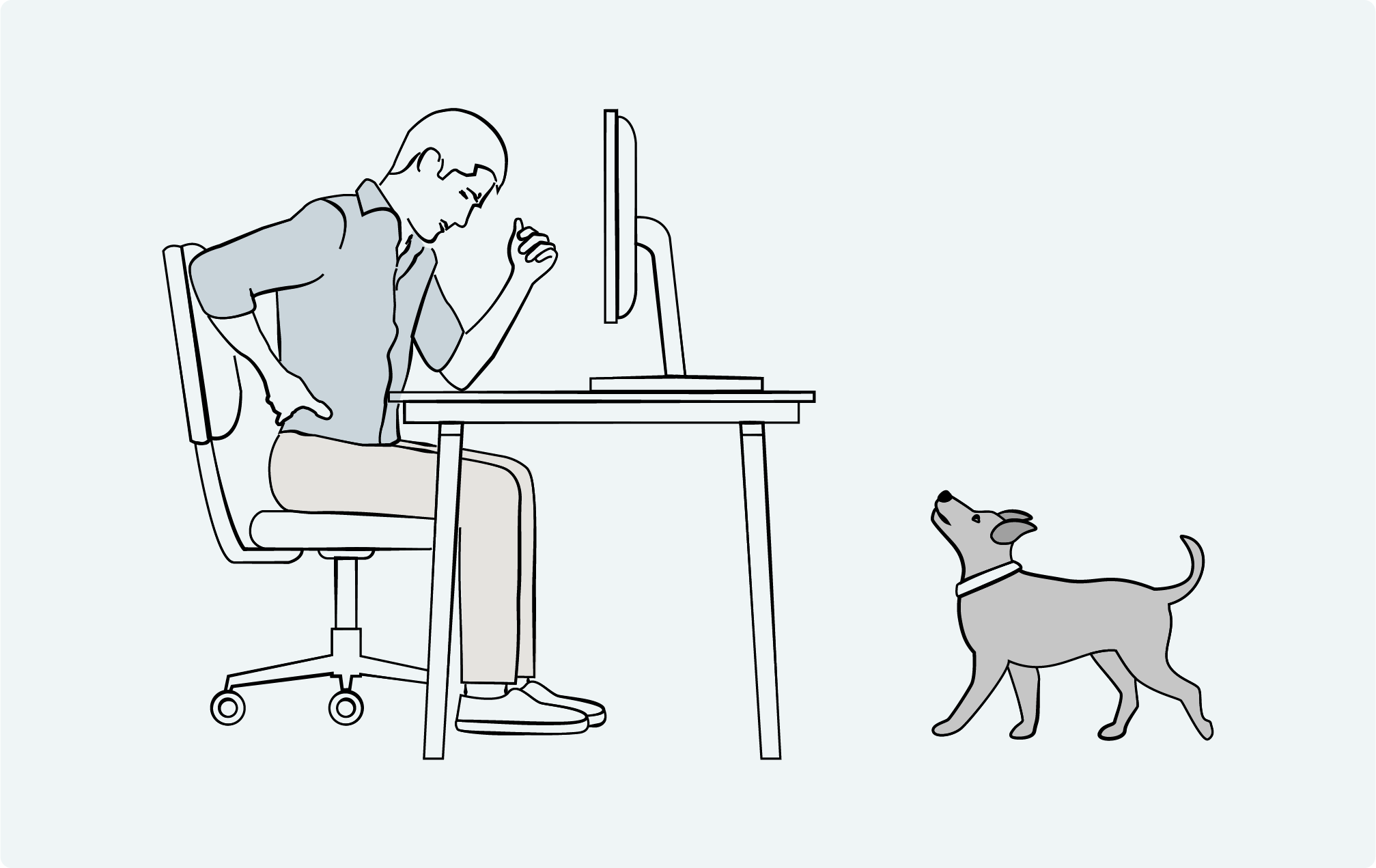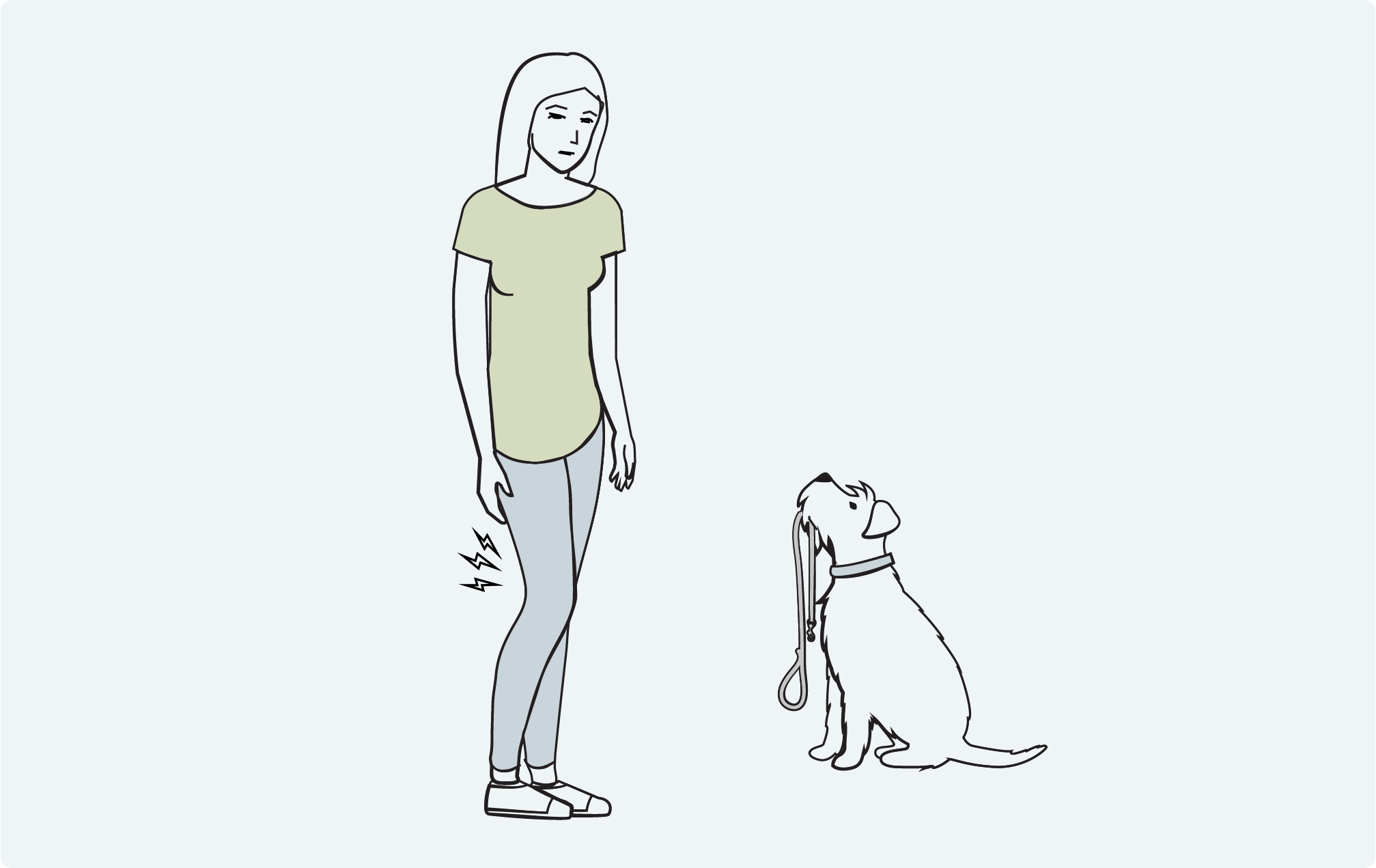6 Tips to Improve your Posture at Work
Most of us spend a lot of our time at work, and for many people, that means hours spent at a desk. How we position the body while working is very important in determining how our bodies feel and function during the rest of the day.
Although chiropractic treatments and massage therapy can help with problems caused by poor posture at work, our goal is to help you feel your best every day. Dr. Barnes would like to offer you a few tips on how to set yourself up at work, so you avoid the very common postural imbalances that she unfortunately sees on a daily basis.
1: Draw your shoulder blades back
For many people, the effect of gravity is to cause the mid-back and upper back to round forward, creating a “hunchback” posture (medically known as thoracic kyphosis). Gravity then tends to pull the shoulders and arms forward as well, a tendency which is exaggerated by the fact that most objects (including keyboards) are positioned in front of the body. This rounded posture leads to pain and stiffness in the mid and upper back.
In order to counter this tendency, it helps to think of drawing the shoulder blades toward each other, behind your back. Try this, and notice how bringing the shoulder blades back also causes the mid-back to straighten somewhat, releasing the hunchback posture in favor of a healthier, natural thoracic curve. You don’t want to overcompensate and pull the shoulders back too far; draw your shoulder blades toward each other until your shoulder is directly horizontal from your torso (not forward or back), and your upper arm hangs next to your torso. This will help to position the thoracic spine in a neutral and comfortable position. Even though it might take a bit of muscular effort to remain here against gravity, you will also feel far less tension in your back.
2: Keep your ears in line with your shoulders
When the upper back is rounded forward in the hunchback position, the neck tends to round forward too, causing a forward bend of the lower part of the cervical spine. In order to look forward (rather than down at the ground), there is also a compensatory backbend of the upper part of the cervical spine. This S-shaped curve of the neck (forward bend of the lower part, back bend of the upper part) puts a lot of strain on the joints, ligaments, and muscles of the neck, and tends to lead to neck stiffness and pain.
In order to avoid this neck strain, it’s important to keep the neck in a neutral position, rather than having the head pushed forward. When your ears are above your shoulders, then the head is in line with the body, and the neck will be far more comfortable. Even after addressing the hunching in the thoracic spine, many people find that they still have a habit of keeping the head forward of the torso. Draw your head back until your shoulders are in line with your ears; you will find a point at which it feels like the head is “floating,” because the neck muscles are not working so hard when the cervical spine is in a neutral position. Keeping your head here will help to prevent neck stiffness and pain.
3: Place your monitor at eye level
In order to maintain good alignment of the neck, it’s ideal to be looking forward, rather than down. Otherwise, tension in the cervical spine and the neck muscles will be created. Looking downward forces your neck muscles to work much harder, and this is a major reason that so many people have neck pain.
If you use a desktop computer, then it’s relatively easy to place a solid object (even if it’s a box or a stack of books) under the monitor to bring it up to the right height, while keeping your keyboard on the desk so that you can easily type. Unfortunately, if you use a laptop, it can be harder to create the right environment for a healthy neck. One option is to purchase a spare keyboard that plugs into your laptop; you can place the laptop on a support to position the monitor correctly, and then plug in the keyboard and place it directly on the desk for comfortable use.
Another tip that can be helpful is to hold your phone up in front of your face while using it, rather than holding it down lower and looking down at it. Your arm will get tired at first from the effort of holding the phone up, but you’ll notice that your neck feels much better this way.

4: Don’t cross your legs
Crossing the legs is another extremely common habit. Unfortunately, it can cause problems with your back. When you cross one leg over the other, this places that hip higher than the other one. This leads to an asymmetrical tilt of the pelvis to one side, which then causes an asymmetrical curve in the lumbar spine (the lower back). The upper parts of the spine can also be affected, as they compensate for the asymmetry of the lower parts of the spine. All of these changes can cause discomfort and dysfunction in the spine and the muscles of the back.
In order to avoid these issues, it’s best to avoid crossing your legs. Although it may be hard to break the habit at first, many people are surprised at how much better their back feels when they stop crossing their legs. Instead, try keeping both of your feet flat on the floor. In addition to a healthier back, many people find that breaking the habit of crossing their legs also helps with pain in the hips and/or knees.
5: Use lumbar support
The lumbar spine, or the lower back, has a natural curve toward the front of the body. Without support, gravity tends to cause it to flatten back toward the chair. This can lead to back pain and stiffness, and also tends to encourage the mid and upper back to round forward as well. Maintaining the natural forward curve of the lumbar spine will help to keep the entire back comfortable.
Some office chairs have lumbar support built in, but if yours doesn’t have this, try placing a small pillow or cushion behind your lower back. If your chair doesn’t have a complete back, consider investing in a chair that can offer you better support. Pay attention to how you’re sitting in your chair; even with adequate support available, if your back and hips aren’t resting all the way against the back of the chair, you’ll still end up with a rounded lower back. Try to keep your hips and buttocks all the way back in the chair, rather than allowing them to slide forward.
6: Get up and move frequently
No matter how good your posture is, long periods of being still are not natural for the body. In order to keep the joints lubricated and fluids circulating well, it’s very important to take movement breaks. Try to move for about five minutes every half hour. For example, take a walk to the bathroom or to get water, or simply perform a few stretches and some gentle movements next to your desk. Many people find it helpful to use an alarm that reminds them to get up and move; there are several apps designed for this purpose.
We hope that these tips help you to make yourself more comfortable while you work. If you’re experiencing pain, stiffness, or other discomfort in your back, please come and visit Dr. Barnes. Chiropractic treatment can help to address the imbalances, and Dr. Barnes will also spend time with you, giving you personalized advice on the particular patterns she has found in your body and helping you to explore ways that you might be able to create a better alignment for your joints and muscles. Her goal is to empower you with the tools you need to keep your body functioning well and feeling great. Please contact our office if you’d like to schedule an appointment.
Chiropractic treatment for migraine
Migraine is a common cause of disability. Official statistics report that about 14% of Americans suffer from migraines, and many of these people miss work or school as a result of their condition. Some people have them only occasionally, while others suffer multiple times a week or even daily.
Many migraine sufferers have tried many different ways to treat their condition. There are certain medications that can be useful for some patients, but they don’t work for everyone and can also cause undesirable side effects. Often, patients have tried eliminating certain foods, reducing stress, improving sleep, and other lifestyle factors in an effort to get control of the migraines, but they continue to find themselves suffering from this debilitating condition.
Fortunately, migraine sufferers looking for a drug-free treatment method have another option. Chiropractic treatment has been shown to be effective for migraine, and we offer this service here at Chester Chiropractic Center. How can chiropractic help with migraine? Let’s first understand a little more about this common problem.
What is migraine?
A migraine is not just a bad headache. It does involve throbbing pain, which is usually felt on just one side of the head (although the location may vary). Many people with migraine experience nausea and/or vomiting along with their headaches. Additionally, migraine is usually associated with a condition known as photophobia, in which lights seem too bright and cause pain or discomfort, as well as phonophobia, or a similar discomfort with sounds. The pain and these other symptoms are often severe enough to prevent the migraine sufferer from functioning during an attack.

Many people with migraine also experience a phenomenon known as aura before their headaches. This usually consists of a patch of light or zigzagging lines, which covers up a portion of the sufferer’s vision. The aura will appear, grow for a while (usually 20-60 minutes), then slowly fade out; the headache may begin during the aura, or may start afterward. Not everyone with migraine experiences auras.
What causes migraine?
The cause of migraine has been a subject of much research. Although it was formerly regarded as a problem of blood flow, migraines are now believed to be a neurological phenomenon. The cells of the brain become overly active, which leads to the production of a variety of substances that lead to irritation and pain. Although it’s not certain exactly what starts the chain of events that leads to a migraine, researchers believe that irritation in certain nerves leads to a cascade of events that results in a migraine.
Chiropractic treatment for migraine
In general, chiropractic treatment of migraine is focused on manipulation to improve function in the spine, especially the cervical spine (the neck). Dysfunction in the spine can cause irritation of nerves, which can in turn trigger a migraine. By restoring the spinal joints to healthy function, chiropractic can reduce this irritation and help to stop migraines before they start.
In addition, tightness of the muscles of the neck and upper back is believed to be a potential cause of migraines in some people. By restoring the healthy function of the spine, chiropractic treatment helps to reduce the amount of tension in these muscles. In some cases, Dr. Barnes may also use adjunct treatment methods, like muscle stimulation, to help release areas of tension in these muscles. Some patients may also benefit from treatment by our expert massage therapist, to help address areas of chronic muscle tension or imbalance that might be causing migraines.
Are you looking for a way to treat migraine?
Although many people think of chiropractic as a way to treat pain in the back and neck, the truth is that this form of treatment has many more widespread uses. In fact, a large study showed that one in five people who sought treatment from a chiropractor had headache as their main health concern. If you’re considering trying chiropractic treatment for your migraines, you’re certainly not alone!
Here at Chester Chiropractic Center, we offer a variety of treatment methods that can help those with migraine, including spinal manipulation, muscle stimulation, and massage therapy. Dr. Barnes is committed to her patients, and only offers those treatment methods that are scientifically validated. She stays up to date on the latest research, so she can ensure that her patients receive the best possible care.
If you’re among the millions of Americans suffering with chronic migraine, and you’re looking for an effective, drug-free treatment method, we invite you to give chiropractic a try. With few if any side effects, chiropractic can be a great option for many migraine patients. If you’d like to learn more about what chiropractic treatment for migraine involves, or if you’d like to try it for yourself, please contact our office to book an appointment.
What is Sciatica?
Sciatica (pronounced sigh-AH-tick-uh) affects many people at some point in their lives, and can cause significant discomfort and dysfunction. Around 40% of the population will experience sciatica at some point in their lives. What is sciatica? Is there anything that can be done to help those who are suffering from it?
What is the sciatic nerve?
The sciatic nerve is the largest nerve in the body. In fact, it’s nearly as big around as your thumb! It’s also the longest nerve in the body, because it travels from the lower back all the way to the toes. It’s made up of nerve fibers which exit the spine in the lower back, then come together to form the large sciatic nerve.
The sciatic nerve serves as the primary nerve to the leg, including the back of the thigh as well as well as the entire lower leg and foot. It carries the sensation from these areas, and also the motor impulses that control many of the muscles of the leg.

What is sciatica?
Sciatica occurs when the nerve fibers that form the sciatic nerve are compressed (squeezed or pinched) at some point. By affecting the function of the nerve, this compression leads to a variety of symptoms, which are typically felt in the leg and foot. Sciatica is the term for this constellation of symptoms. It’s not actually a medical disorder in itself; rather, it’s a symptom of an underlying medical disorder.
The term “sciatica” implies that the cause of the disorder is damage to the sciatic nerve itself. In fact, older medical belief was that this was the case. However, with more advanced imaging technology, we’ve been able to discover that the most common cause of sciatica is actually nerve compression in the lower back. The sciatic nerve originates from spinal nerves in this part of the spine, and what we term “sciatica” is usually compression of these nerve roots as they leave the spinal cord. Research indicates that in 90% of cases, the cause of sciatica is a herniated disc in the the lower back.
There are also other possible causes. For example, a muscle spasm can cause sciatica; the most common cause is a spasm of the piriformis muscle, a deep muscle which runs from the lower back to the top of the thigh bone. A spasm in this muscle can compress the sciatic nerve itself. Other possible causes include tumors of the spine, spinal stenosis (narrowing of the spinal canal), and dysfunction in one of the sacroiliac (SI) joints (the joints between the bottom of the spine and the pelvis).
What are the symptoms of sciatica?
Pinching a nerve may interfere with its function by causing abnormal signals to be transmitted, or by blocking signals that should be transmitted. Both of these phenomena may occur in patients with sciatica. Abnormal signals transmitted along the nerve may cause sensations of tingling, burning, or pain. Blocking nerve signals may lead to numbness or, in more advanced cases, muscle weakness.
These symptoms of sciatica are generally felt on one side of the body. The tingling or pain is sometimes felt in the lower back, around the area where the nerve compression is usually occurring. These sensations may also radiate down the back of the thigh, and may be felt even farther down the leg in the toes or feet. In many cases, the pain is greater in the leg and/or foot than it is in the lower back itself, even though the ultimate cause of the symptoms is located in the lower back. This is because the brain interprets any abnormal signals coming from a nerve as being signals from the area that the nerve usually senses (in this case, the leg and foot).
How can chiropractic help?
With sciatica, the important thing is to take the pressure off of the nerve fibers that form the sciatic nerve. Chiropractic treatment can be helpful for people suffering from sciatica. It helps to restore function to the joints of the spine as well as the SI joints, which can reduce inflammation and reduce irritation of the nerve. Tension on muscles and connective tissues in the area may also be relieved. All together, this restoration of function can help to remove the pressure on the fibers of the sciatic nerve, allowing it to return to healthy functioning.
Studies have shown that chiropractic care is effective for patients with sciatica, and helps to reduce pain and improve function for these patients. Even when a herniation of a spinal disc is the cause of sciatica, surgery is generally not recommended as the first line of treatment. It’s best to try other methods of treatment first, because these will often be effective and will avoid the risks of surgery.
If you’re among the millions of Americans suffering from sciatica, Dr. Barnes will be happy to discuss your treatment options with you. Please contact our office to schedule an appointment and learn more about how chiropractic might help in your case.



